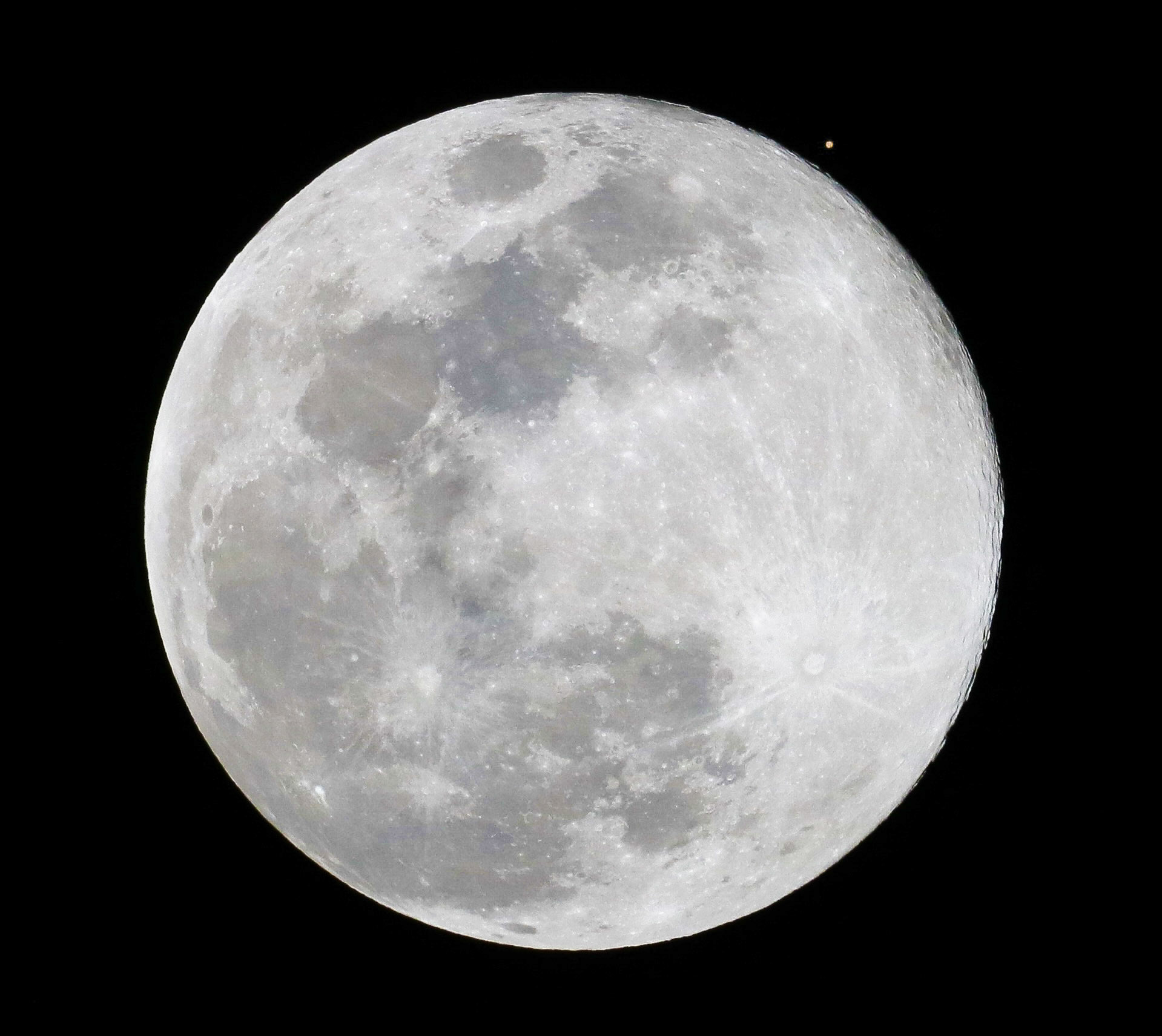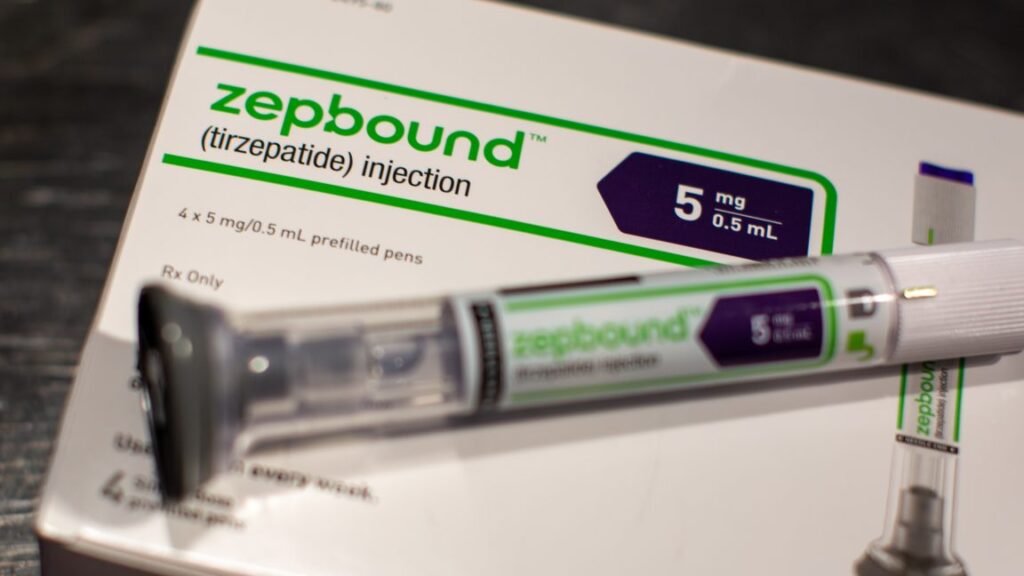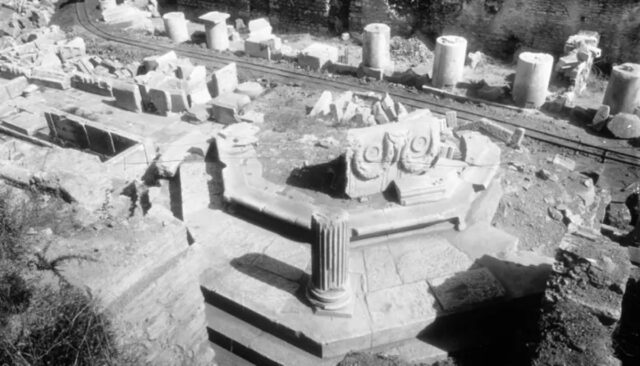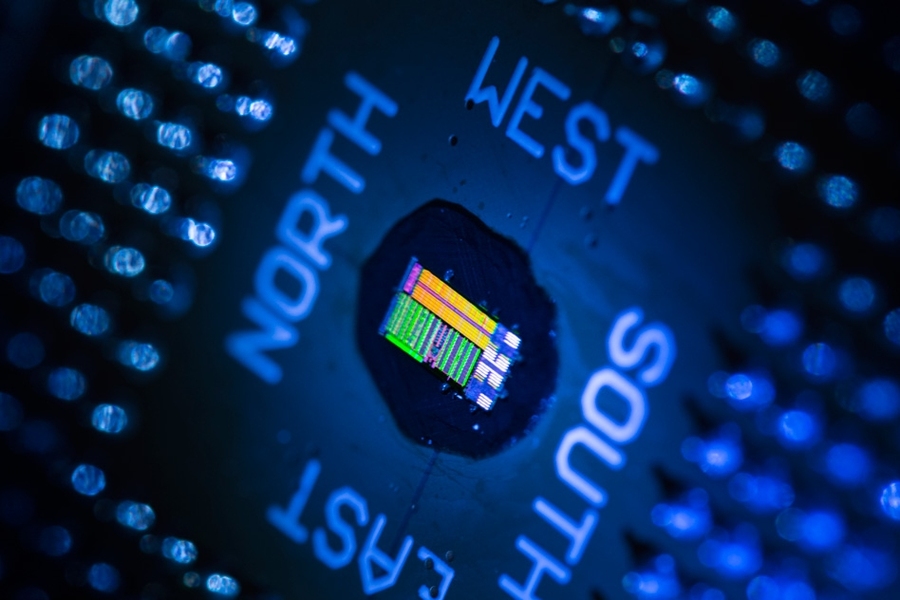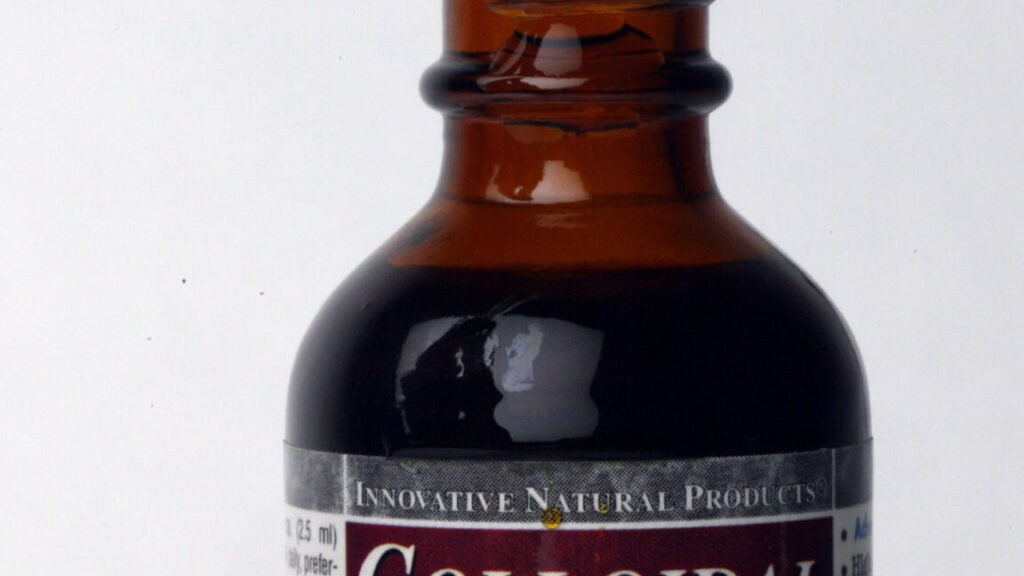Is humanity alone in the Universe? What scientists really think.
News stories about the likely existence of extraterrestrial life, and our chances of detecting it, tend to be positive. We are often told that we might discover it any time now. Finding life beyond Earth is “only a matter of time,” we were told in September 2023. “We are close” was a headline from September 2024.
It’s easy to see why. Headlines such as “We’re probably not close” or “Nobody knows” aren’t very clickable. But what does the relevant community of experts actually think when considered as a whole? Are optimistic predictions common or rare? Is there even a consensus? In our new paper, published in Nature Astronomy, we’ve found out.
During February to June 2024, we carried out four surveys regarding the likely existence of basic, complex, and intelligent extraterrestrial life. We sent emails to astrobiologists (scientists who study extraterrestrial life), as well as to scientists in other areas, including biologists and physicists.
In total, 521 astrobiologists responded, and we received 534 non-astrobiologist responses. The results reveal that 86.6 percent of the surveyed astrobiologists responded either “agree” or “strongly agree” that it’s likely that extraterrestrial life (of at least a basic kind) exists somewhere in the universe.
Less than 2 percent disagreed, with 12 percent staying neutral. So, based on this, we might say that there’s a solid consensus that extraterrestrial life, of some form, exists somewhere out there.
Scientists who weren’t astrobiologists essentially concurred, with an overall agreement score of 88.4 percent. In other words, one cannot say that astrobiologists are biased toward believing in extraterrestrial life, compared with other scientists.
When we turn to “complex” extraterrestrial life or “intelligent” aliens, our results were 67.4 percent agreement, and 58.2 percent agreement, respectively for astrobiologists and other scientists. So, scientists tend to think that alien life exists, even in more advanced forms.
These results are made even more significant by the fact that disagreement for all categories was low. For example, only 10.2 percent of astrobiologists disagreed with the claim that intelligent aliens likely exist.
Is humanity alone in the Universe? What scientists really think. Read More »


